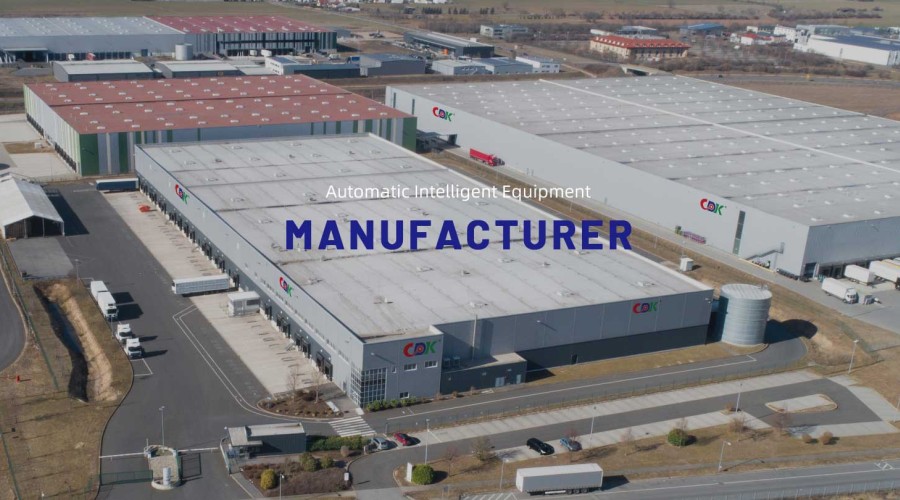
Smart equipment manufacturing factories play a crucial role in modern manufacturing, and they are undergoing a comprehensive transformation and upgrade with the continuous progress and innovation of technology. This article explores the future trends and technological innovations in smart equipment manufacturing factories, including automation, Internet of Things (IoT) applications, artificial intelligence (AI) technology, and sustainable development.
Smart equipment manufacturing factories are key components in producing high-quality products using advanced technology and equipment. With rapid technological advancements, these factories are undergoing unprecedented changes. New technologies and innovations not only improve production efficiency and reduce costs but also provide manufacturers with greater flexibility and competitive advantages. This article explores the future trends and technological innovations in smart equipment manufacturing factories, highlighting their significant role in driving the development of the manufacturing industry.
Automation is one of the core technologies in smart equipment manufacturing factories. By introducing automated equipment and robotic systems, manufacturers can achieve automated operations and intelligent management of production lines. Automation enhances production efficiency and quality, reduces human errors and accidents, and lowers labor costs. In the future, with further advancements in robot technology and cost reductions, automation will become a standard feature in smart equipment manufacturing factories.
The rapid development of IoT technology brings enormous opportunities to smart equipment manufacturing factories. By connecting various devices and systems to the internet, manufacturers can achieve real-time data sharing and remote monitoring between equipment. IoT applications help manufacturers achieve intelligent production planning and resource allocation, thereby improving production efficiency and responsiveness. Furthermore, IoT enables manufacturers to have better product traceability and quality management measures, ensuring product safety and reliability.
AI technology is increasingly being applied in smart equipment manufacturing factories. Through machine learning and deep learning algorithms, manufacturers can achieve intelligent production scheduling, quality control, and fault diagnosis. AI technology analyzes vast amounts of production data, identifies potential problems and optimization opportunities, and provides corresponding solutions. In the future, AI technology will further enhance the level of intelligence in smart equipment manufacturing factories, bringing greater business value to manufacturers.
Sustainable development is a crucial goal for smart equipment manufacturing factories. Manufacturers are committed to reducing resource consumption, minimizing environmental pollution, and promoting a circular economy. In smart equipment manufacturing factories, measures such as using energy-efficient equipment, optimizing production processes, and recycling waste materials can achieve sustainable development goals. Additionally, smart equipment manufacturing factories can reduce transportation and waste, lower carbon emissions, and minimize environmental impacts through optimized supply chain management and product lifecycle management. Sustainable development will be an important guiding principle and competitive advantage for smart equipment manufacturing factories.
The future of smart equipment manufacturing factories is filled with opportunities and challenges. Through technological innovations in automation, IoT applications, AI technology, and sustainable development, manufacturers can achieve more efficient, intelligent, and sustainable production methods. These innovations will not only improve production efficiency and product quality but also provide manufacturers with greater competitive advantages and business value. In the future, smart equipment manufacturing factories will continue to drive the development of the manufacturing industry and contribute to sustainable socioeconomic growth.

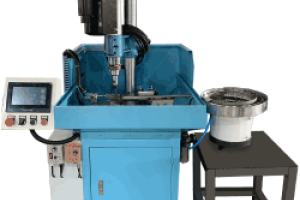
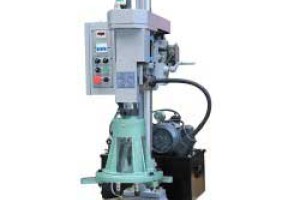
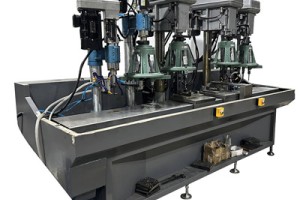
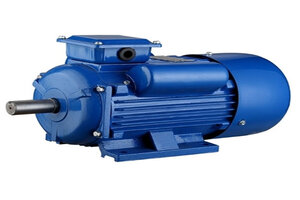


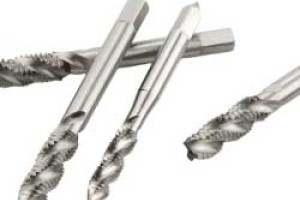
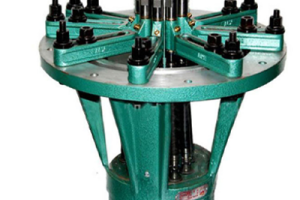
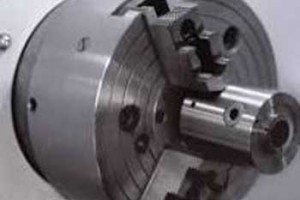
Leave a comment